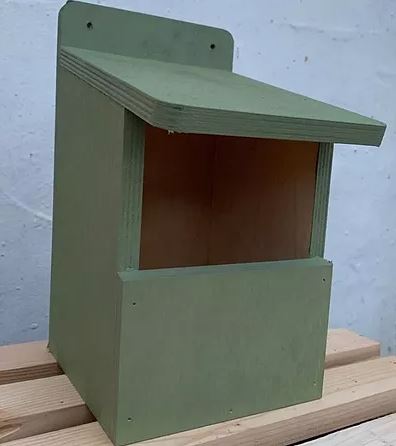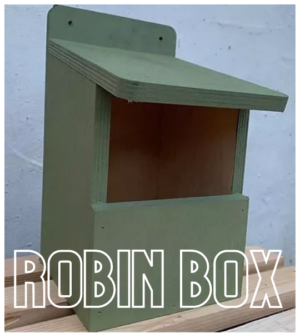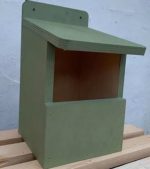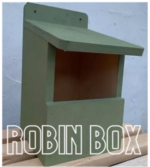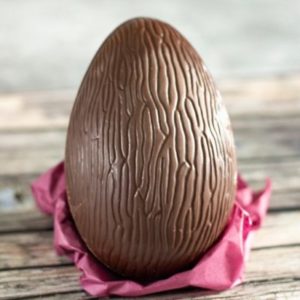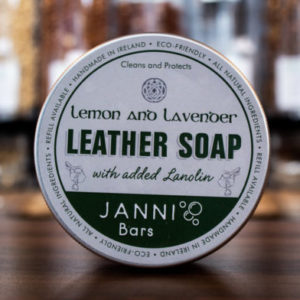| Nestbox |
Tit Box, Robin Box, Bat Roost Box, Flat Pack Tit Box (DIY), Flat Pack Robin, Sparrow Terrace, Swift Box |
|---|---|
| Country Of Origin |
Ireland |
| Colour |
Aged Oak (nearly Black), Ivy (Light Green), Moonlight (Grey), Natural (for Flat-Pack Only), Slate (Dark Blue), Terracotta (Nearly Red) |
©2023 by Pax Whole Foods & Eco Goods | Web Design Mayo by Avenir | Video by Orla Casey Creative


